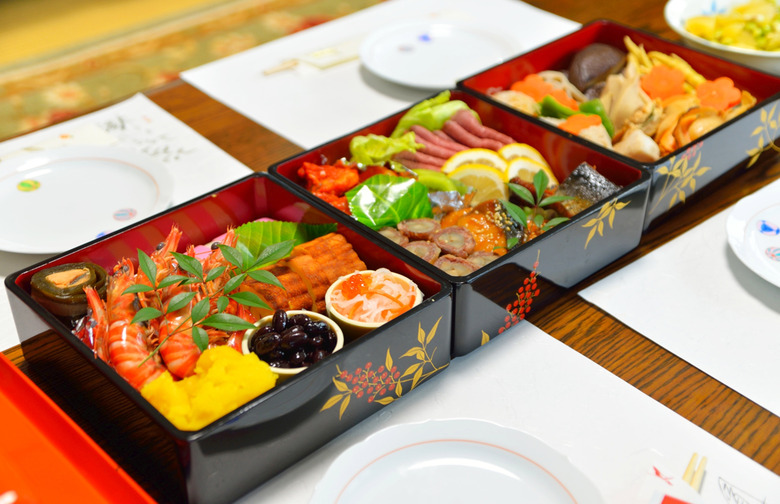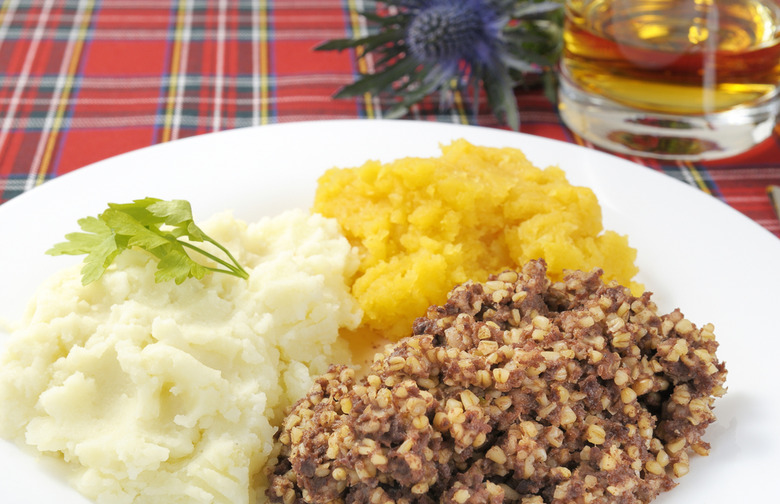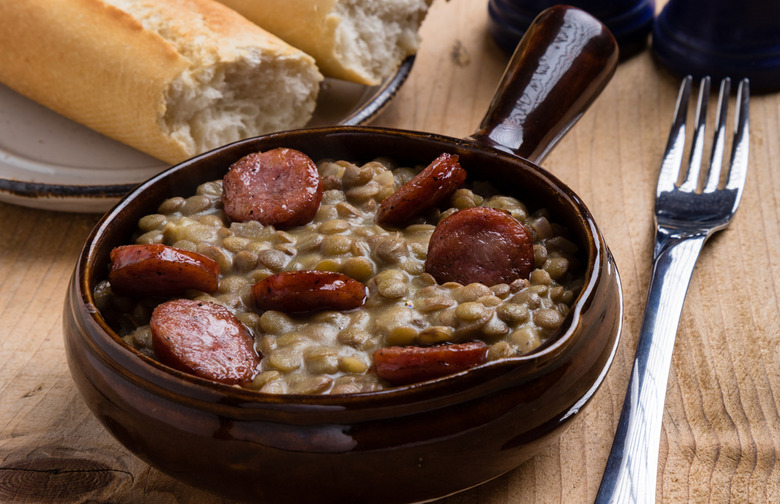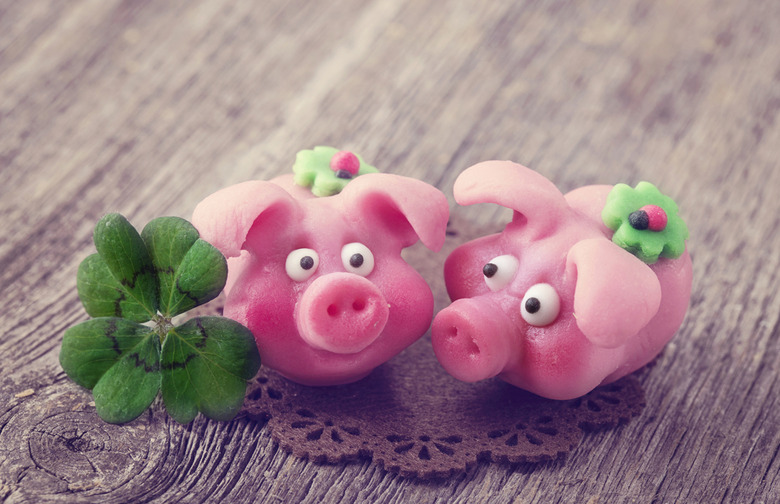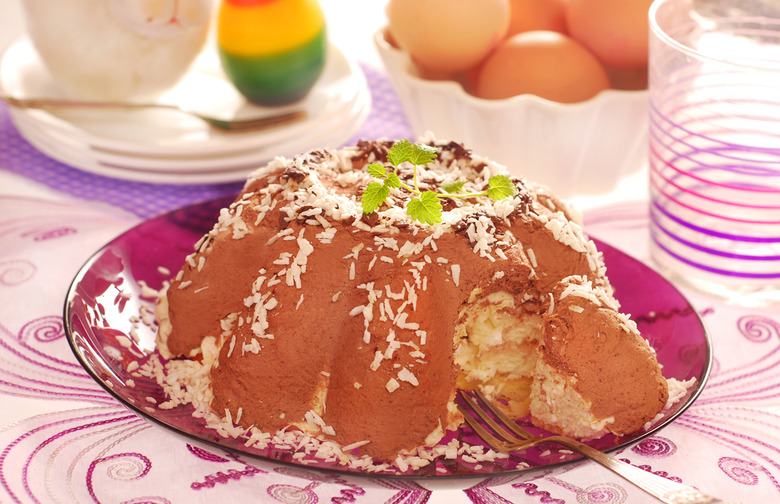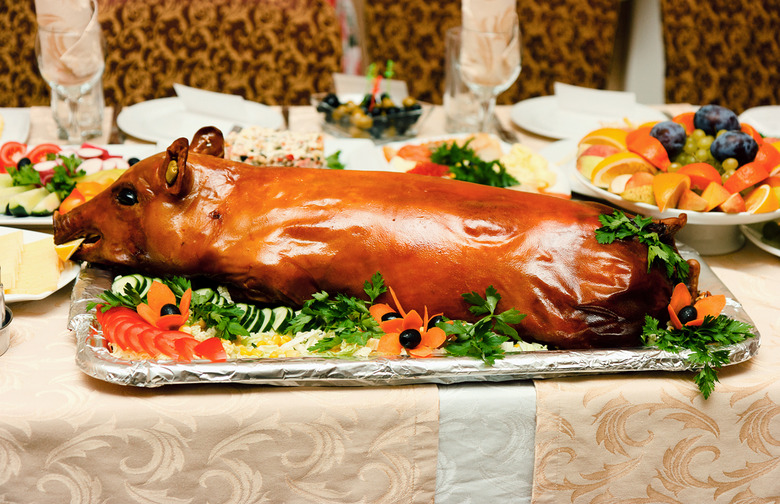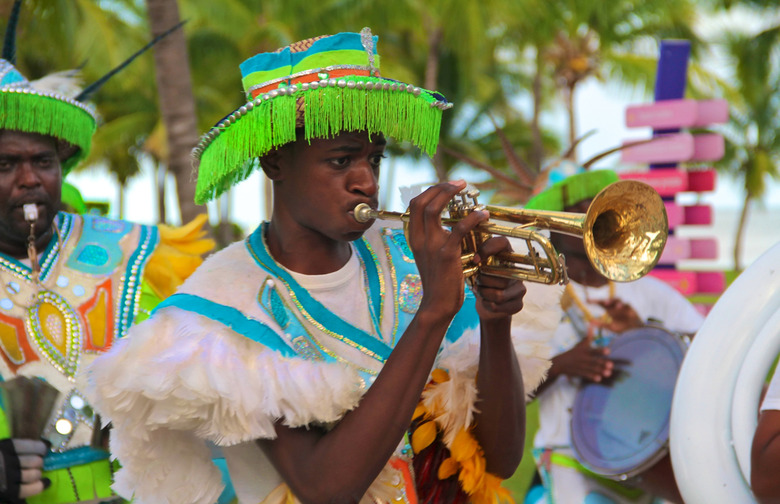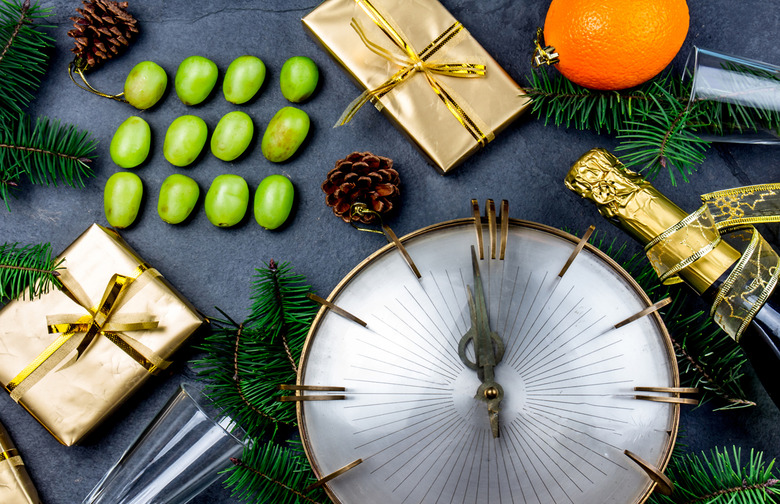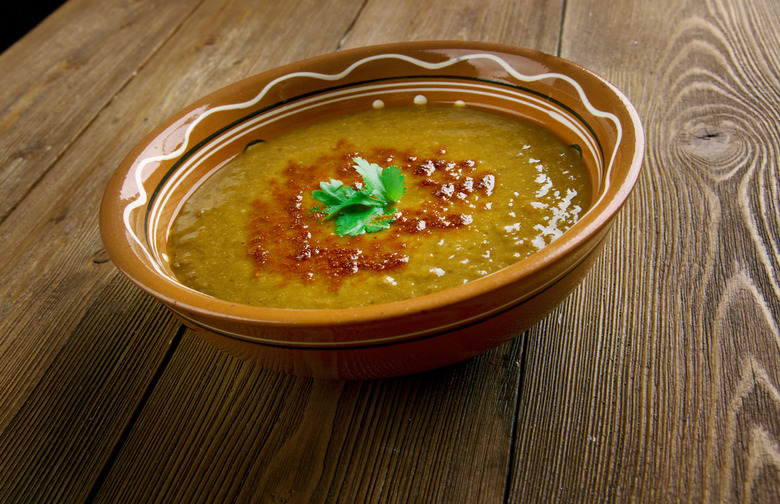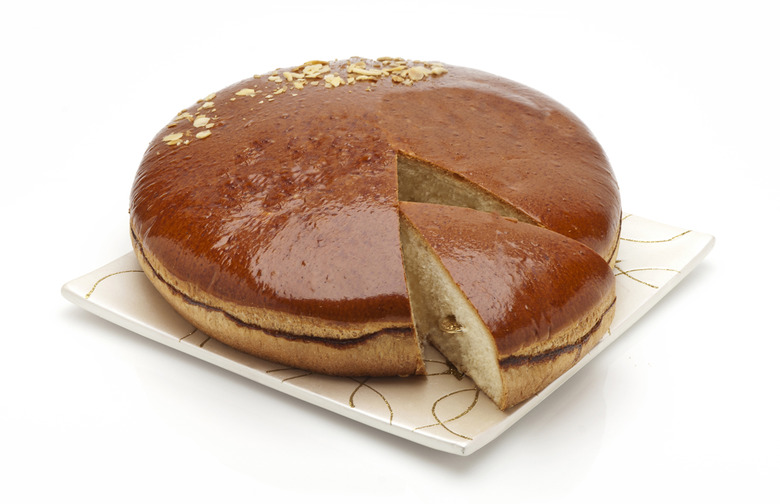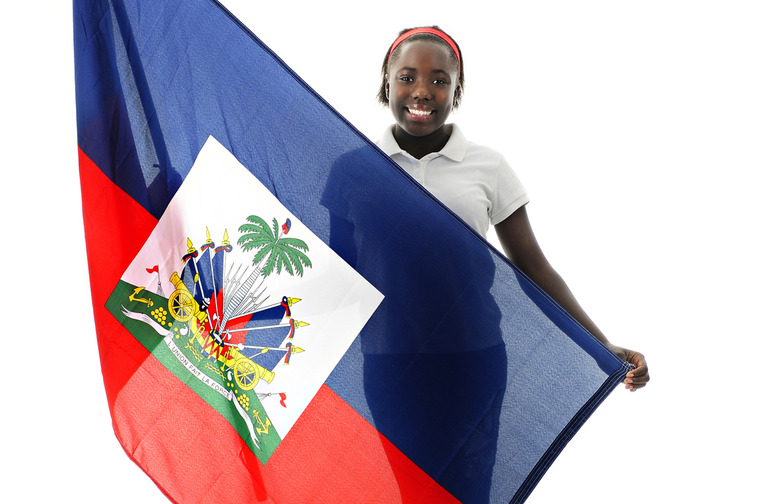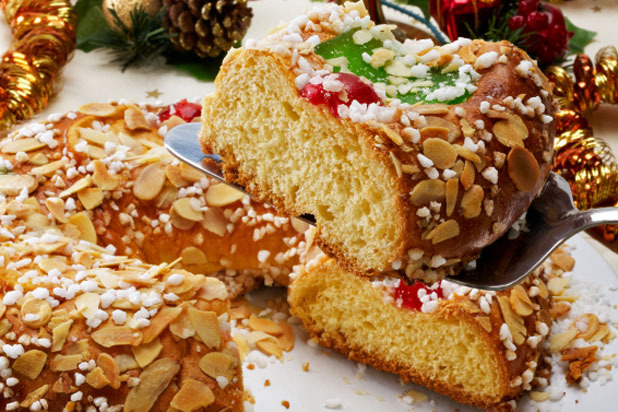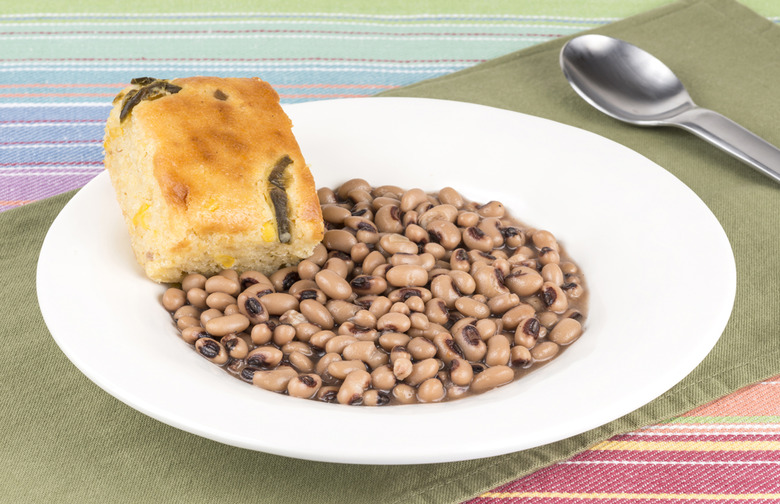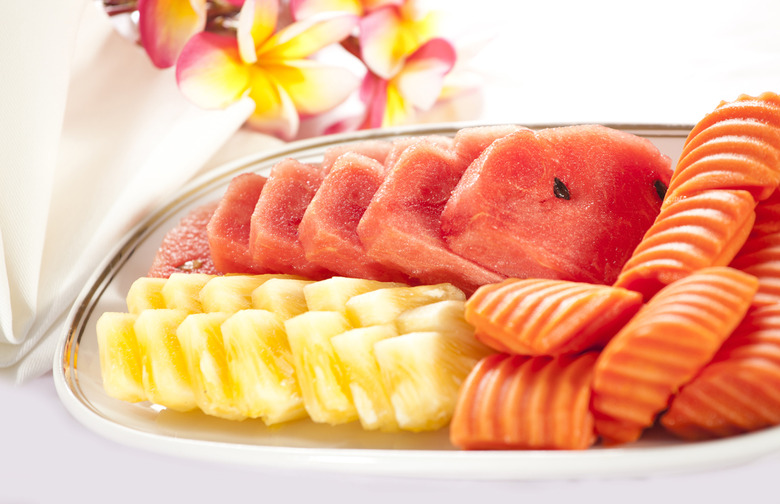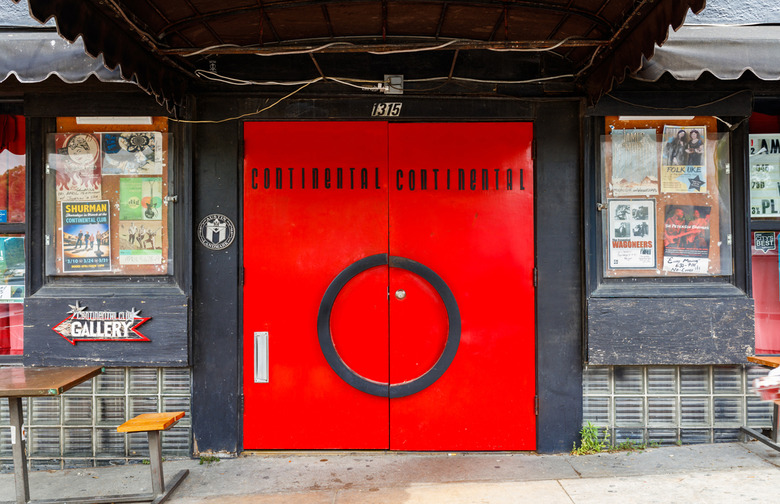15 Delicious New Year's Eve Traditions Around The World Slideshow
In Japan, food names and colors are often symbolic. As part of the traditional New Year's meal, the boxes of food that make up the osechi have various meanings. For example, herring roe symbolizes fertility and the wish to have children while the black soybeans of kuro-mame represent health.
Scotland: Hogmanay
Throughout Scotland, Hogmanay celebrations hit the street on January 1st, but the biggest one is in Edinburgh and includes a torchlight procession and a big fireworks display. You can bet that partygoers keep warm with plenty of whiskey. Shortbread cookies are traditionally New Year's gifts, but you can find Scots feasting on national dishes like haggis and steak and venison pie at the Hogmanay festivities.
Italy: Cotechino con Lenticchie
In our Chefs' Holiday Culinary Traditions, we learned that cotechino con lenticchie — a sausage and lentil stew — was the New Year's dish of Italy. Says Chef Sandro Fioriti of Sandro's in New York, "On New Year's Eve, it is mandatory to have cotechino with lentils, for good luck in the New Year."
Germany: Marzipan Pigs
In Germany and Austria, pork is the standard New Year's fare. Because pork's fatty richness communicates wealth and abundance, pigs have become the symbol of New Year's and across Germany tables are decorated with marzipan candies in the shape of "schwein."
Denmark: Marzipan Ring Cake (Kransekage)
In Denmark, it's common to eat the marzipan ring cake called Kransekage at midnight. A more bizarre custom is tossing plates at the doors of friends and neighbors — apparently if you come home to a doorstep full of broken plates, you are assured luck in the New Year.
Cuba: Roast Suckling Pig
Cuba is another country where pig is big, perhaps because it symbolizes prosperity and excess. A juicy roast suckling pig with deliciously crispy, caramelized skin is definitely something to celebrate.
Bahamas: Junkanoo
Like a Caribbean hybrid of Mardi Gras and Carnival, Junkanoo is a street festival and party that gets two days — the day after Christmas, Boxing Day, and New Year's Day. The Bahamas are known for their colorful and vibrant festivities, where you'll find locals eating conch prepared in a variety of different traditional ways, from conch fritters to stew to salad. Junkanoo chicken and rice is a specialty that has gained notoriety in the U.S.
Spain and Portugal: 12 Grapes
Legend has it that the tradition started in Spain after a particularly difficult harvest year then spread to Portugal and subsequently to Latin America. To set the stage for a year of abundance, people will eat 12 grapes, one for each strike of the clock at midnight.
Brazil: Sopa de Lentilhas
Brazil's biggest New Year's celebration is the Reveillon on Copacabana Beach in Rio de Janeiro, a big beach party with live music and DJs. New Year's Eve is also marked by the Iemanjá Festival in which priestesses dressed in white honor the goddess of the sea. For luck, Brazilians jump a specific number of waves and also eat lentils, often in the form of lentil soup, or sopa de lentilhas.
Greece: Vassilopita
In Greece, New Year's Day is St. Basil's Day, and the special sweet bread that is baked for that day is named in the saint's honor, directly translated as "Basil's pie." Similar to the Mardi Gras King Cake, a coin or medallion is baked into the loaf, and the person that gets the slice with the coin gets all the luck in the coming year.
Haiti: Independence Day
January 1 also turns out to be Haitian Independence Day, so both the New Year's and the nationalistic revelry combine to create one big celebration. Traditionally, you'll find soup joumou, a pumpkin-based soup, and pain Haitien.
Mexico: Rosca de Reyes
The Mexican round sweet bread known as rosca de reyes is generally baked for King's Day, January 6, but because it coincides with New Year's, it's often thought of as a celebratory food. Among a number of superstitious New Year's practices, including wearing a certain color underwear, Mexicans are known to spill clean water on the sidewalk in front of their houses at midnight in order to purify the house.
Southern U.S.: Black-Eyed Peas
From Texas to the Carolinas, it's common to find Southerners cooking up a batch of black-eyed peas on New Year's, whether they are served with ham hocks or with collard greens or made into a kind of salsa like Texas caviar. Supposedly, the beans are considered very lucky food.
Philippines: Round Fruit
The New Year's Eve feast in the Philippines is called the Media Noche, and among Filipino classics like pansit and adobo, families will display a collection of round fruits like papaya, watermelon and oranges.
Russia: Pryaniki
Like a combination of Santa Claus and Father Time, the Russian Grandfather Frost (or "Ded Moroz") hands out sweet cookies known as pyraniki. The gift of the dessert is almost like a blessing for the "sweet" year ahead.
Best Bars for Live Music
Continental Club (Austin, Texas)
Since 1957, the Continental Club has been one of the best of the many places to hear live music on the Austin scene. Its relaxed, laidback atmosphere and good beer at cheap prices — along with its first-rate musical talent — keeps even music-saturated locals coming back for more.
MORE:
• The Middle East (Boston, Mass.)
• Mercury Lounge (New York, N.Y.)
• dba (New Orleans, La.)
